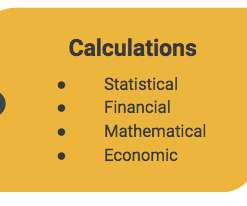LaLiga transforms fan experience with AI
CIO Business Intelligence
JULY 24, 2023
The transformation, which started in partnership with Microsoft in 2016, is also enabling LaLiga to expand its business by offering technology platforms and services to the sports and entertainment industry at large. It has also developed predictive models to detect trends, make predictions, and simulate results.
















Let's personalize your content